Why Do Boron and Aluminium Not Follow the Octet Rule?
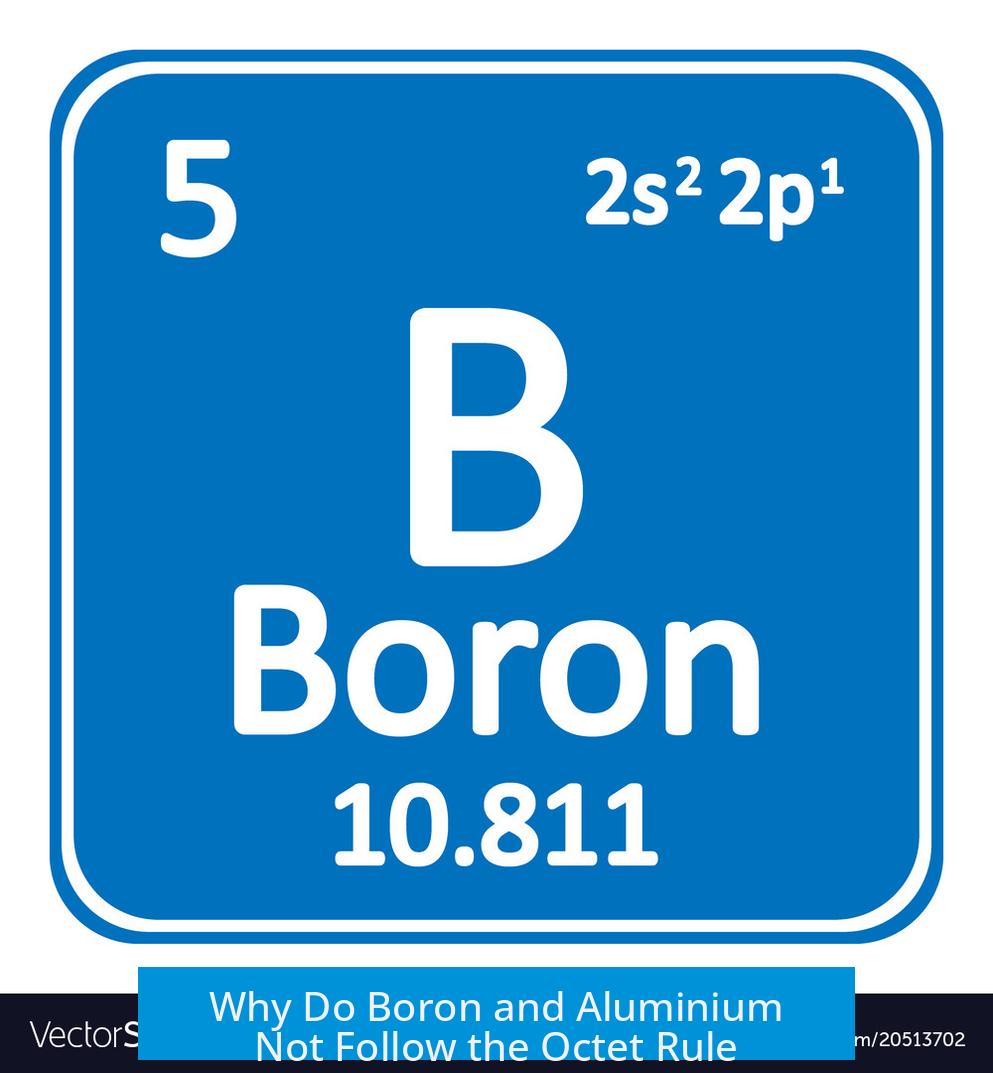
Boron and aluminium do not follow the octet rule because they have fewer valence electrons and cannot complete an eight-electron configuration around themselves. This fundamental limitation restricts them to forming fewer bonds than an octet would require.
Valence Electrons and Bond Formation
Boron has three valence electrons. Due to this, it tends to form three covalent bonds, sharing electrons to achieve a total of six electrons around it. Aluminium, in the same group, behaves similarly, with three valence electrons available for bonding.
Neither element can easily gain enough electrons to reach a full octet because their outer shells lack sufficient electrons. Hence, they often exist in electron-deficient molecular structures, which is a primary reason they break the octet rule.
The Octet Rule as a Guideline, Not an Absolute Law
- The octet rule is a simplified model to explain common bonding patterns, especially for main-group elements.
- It serves as a useful but not strict guideline, allowing for many exceptions.
- In real chemistry, several elements and molecules do not complete an octet yet remain stable.
This flexibility in the rule explains why elements like boron and aluminium often form compounds where the central atom has fewer than eight electrons.
Other Common Exceptions to the Octet Rule
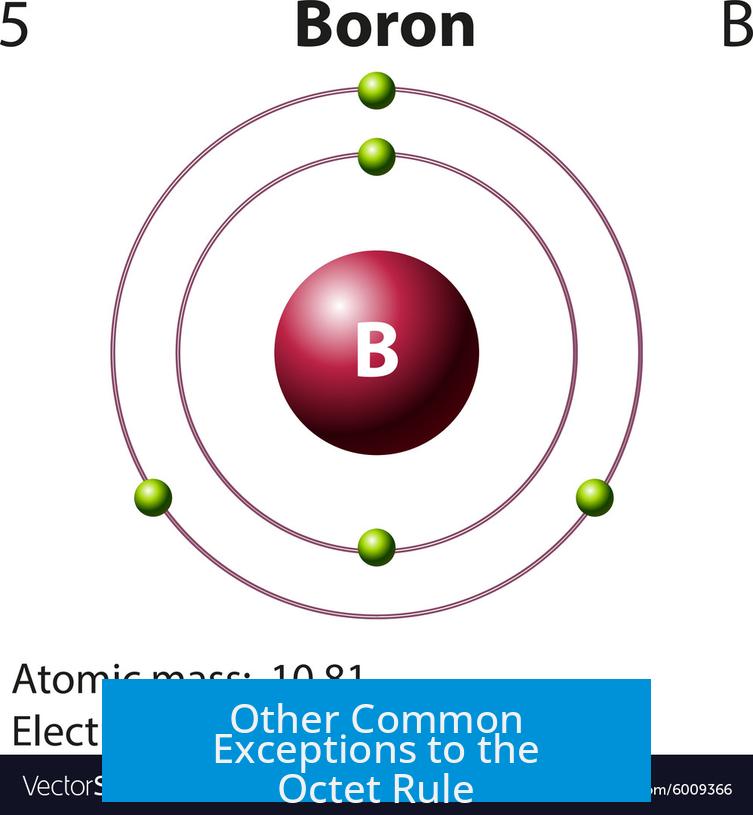
Aside from boron and aluminium, other elements frequently violate the octet rule. Examples include sulfur hexafluoride (SF6), where sulfur has 12 valence electrons, exceeding the octet. Such cases show that the octet rule cannot explain all bonding phenomena fully.
Exceptions like these reflect the diverse nature of chemical bonding, influenced by factors such as atomic size, electronegativity, and orbital availability.
Summary of Key Points
- Boron and aluminium have only three valence electrons, limiting them to fewer than eight electrons in bonds.
- The octet rule is a general guideline with many notable exceptions across chemistry.
- Electron-deficient compounds form when the octet rule is not met but molecules remain stable.
- Other elements such as sulfur in SF6 also break the octet rule, showing its limited scope.
Why Do Boron and Aluminium Not Follow the Octet Rule? (And Some Other Elements)
At its core, boron and aluminium don’t follow the octet rule because they just don’t have enough valence electrons to complete an octet. Boron has only three valence electrons—meaning it can form only three bonds. Aluminium behaves similarly since it is in the same group of the periodic table. So, forget about having eight electrons dancing around them; these elements settle for less and dance to their own rhythm.
Let’s unravel this mystery bit by bit and peek beyond the simple “octet rule” that most of us memorized in school chemistry. Spoiler alert: the octet rule is more like a helpful hint, not a chemical law etched in stone.
When Three’s Company: Boron and Aluminium’s Valence Shortage
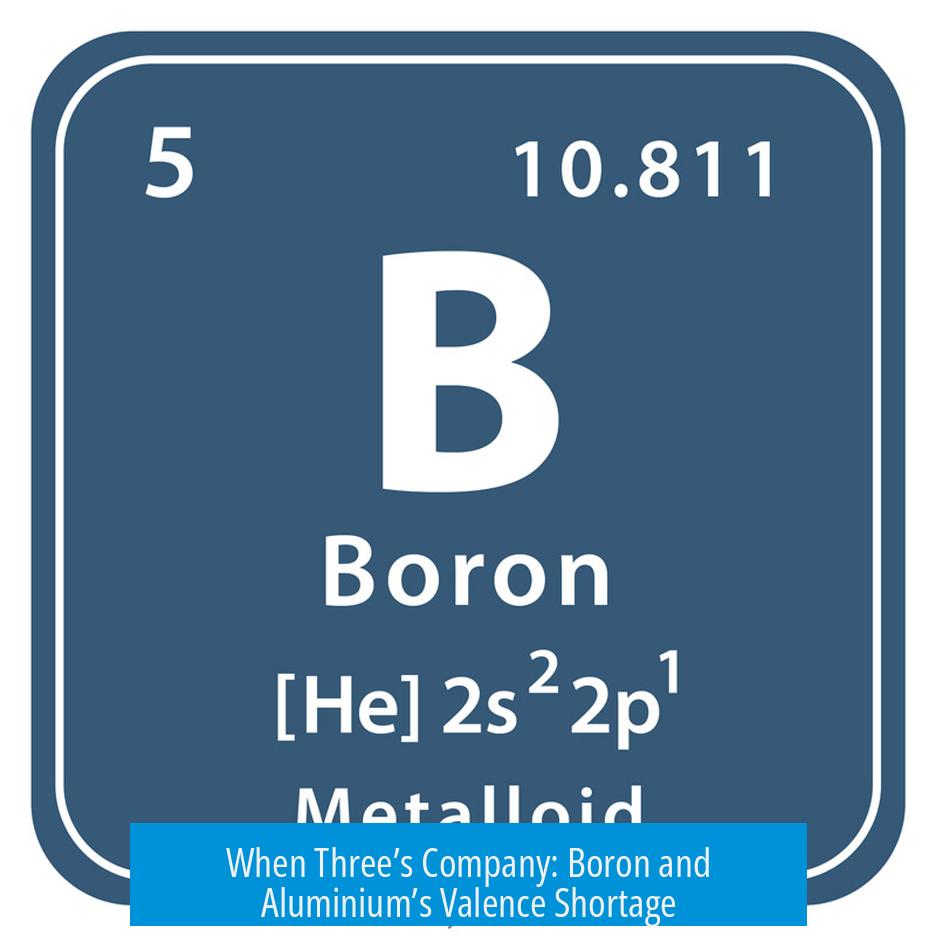
Here’s the nitty-gritty. The octet rule says atoms tend to combine until they have eight electrons in their outer shell — that’s a full house, electronically speaking. But boron? It walks into the party with only three valence electrons. It can push to share electrons and form three bonds, but stopping after three is its story.
Aluminium, sitting just below boron on the periodic table, shares the same drama. It has three valence electrons, too. So, while most atoms hustle to complete their octet, boron and aluminium chill out with just six electrons around them in many compounds.
It’s like trying to fill a house with eight guests but only having three chairs. You can only accommodate so many neighbors, so the party stays small and cozy.
The Octet Rule: More “Guideline” Than “Law”
We’ve all been trained to think the octet rule is an absolute law. But really, it’s a rule of thumb — a tip, if you will. One clever professor once quipped, “If it’s a rule, it can be broken. Laws have zero exceptions.” Chemistry loves exceptions more than most things.
In reality, this guideline helps predict bonding patterns but doesn’t cover everything. Boron, aluminium, and several other elements routinely break the so-called “rule.” So think of the octet rule as more like GPS instructions: generally accurate but occasionally oblivious to the real road conditions.
More Rebels in the Chemistry World
Boron and aluminium aren’t solo act rule-breakers. Chemistry has plenty of outlaws. Take sulfur hexafluoride (SF6) — this molecule flaunts the octet rule like a rockstar, packing more than eight electrons around sulfur. SF6 has twelve electrons around sulfur, literally bursting the octet’s bubble.
Why does sulfur go beyond eight? It’s thanks to having access to d-orbitals in its valence shell, which boron and aluminium lack. This extra “room” lets elements in period 3 or beyond expand their valence shell — a concept called expanded octet.
And it’s not just sulfur. Phosphorus, chlorine, and xenon — all these elements can bend or break the octet rule in various molecules.
Why Do Some Elements Struggle to Follow the Octet Rule?
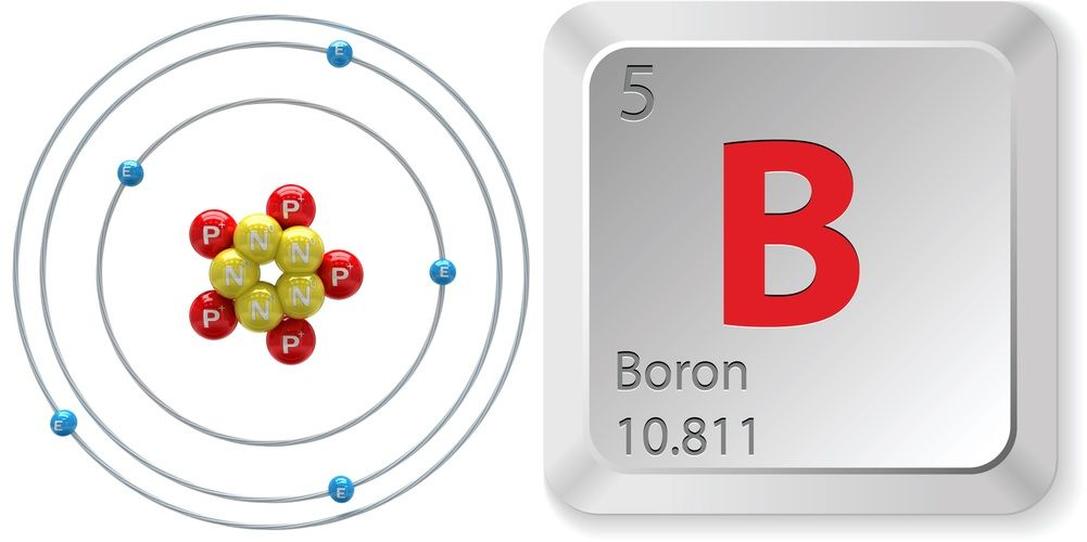
The fundamental reason boron and aluminium fall short is that their atomic structure limits how many bonds they can form. Their valence shells don’t hold enough electrons to complete the classic eight-electron configuration.
Other elements might have enough electrons but have access to higher orbitals, allowing them to expand beyond eight. Meanwhile, small atoms like hydrogen happily go for just two electrons. The octet rule is neat but not one-size-fits-all.
A Quick Table for Perspective
| Element | Valence Electrons | Typical Bonding | Octet Rule Status |
|---|---|---|---|
| Boron (B) | 3 | Forms 3 bonds, ends with ~6 electrons | Does not follow (incomplete octet) |
| Aluminium (Al) | 3 | Forms 3 bonds, often incomplete octet | Does not follow |
| Sulfur (S) in SF6 | 6 | Forms 6 bonds, 12 electrons around S | Breaks rule (expanded octet) |
| Carbon (C) | 4 | Forms 4 bonds, completes octet perfectly | Follows octet rule |
Final Thoughts: Why Should You Care?
So, does it matter that boron and aluminium don’t follow the octet rule? Absolutely. Understanding these exceptions deepens your grasp of chemistry beyond rote memorization.
Knowing these quirks helps chemists predict molecule shapes, reactivity, and properties better. For students, it’s a reminder that science doesn’t always fit tidy boxes. And for curious minds: chemistry’s exceptions make it all the more fascinating.
Next time someone waves at you with the “octet rule,” give them a smile and ask, “But what about boron? And sulphur hexafluoride?” It’s a fun way to turn a textbook rule into a lively conversation about nature’s delightful unpredictability.
Have you encountered other molecules or elements that sidestep the octet rule? Share your favorites! Chemistry is full of quirky characters ready to surprise us all.
Why do boron and aluminium often have fewer than eight electrons around them?
Boron and aluminium have only three valence electrons. This limits them to forming just three bonds, so they naturally end up with less than eight electrons.
Is the octet rule an absolute rule in chemistry?
No, the octet rule is a basic guideline, not a strict law. It helps predict bonding patterns but has many exceptions.
Are there other elements besides boron and aluminium that do not follow the octet rule?
Yes, many elements deviate from the octet rule. Sulfur hexafluoride is a famous example of an exception.
Why do exceptions to the octet rule exist in chemical bonding?
Chemical bonding is complex. Some elements cannot complete an octet due to their valence electrons or size, and some molecules stabilize despite expanded octets.
Should exceptions to the octet rule be a concern when studying chemistry?
No, exceptions are common and understanding them helps better grasp chemical behavior. The rule is a helpful guide, not a strict limitation.


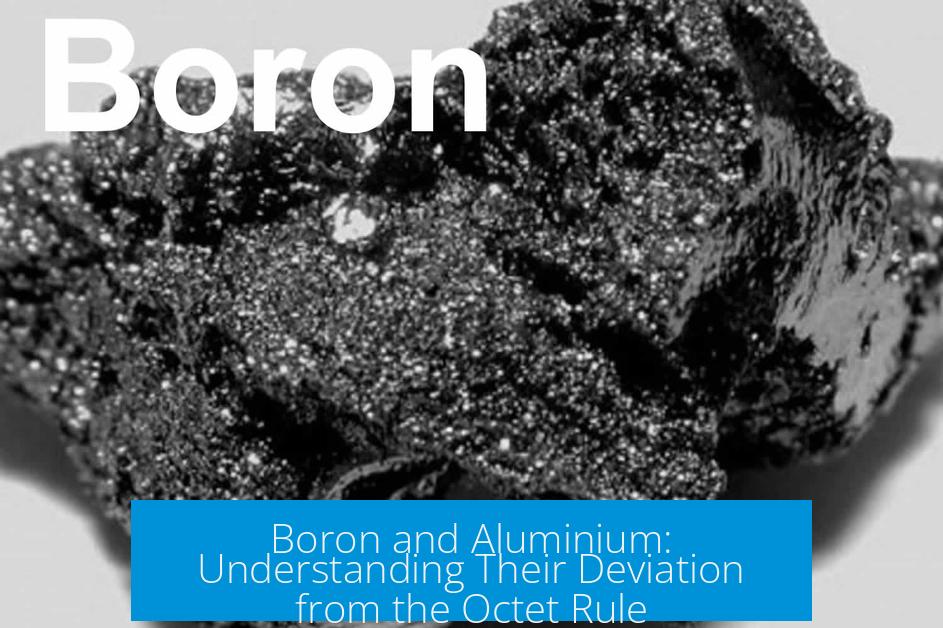
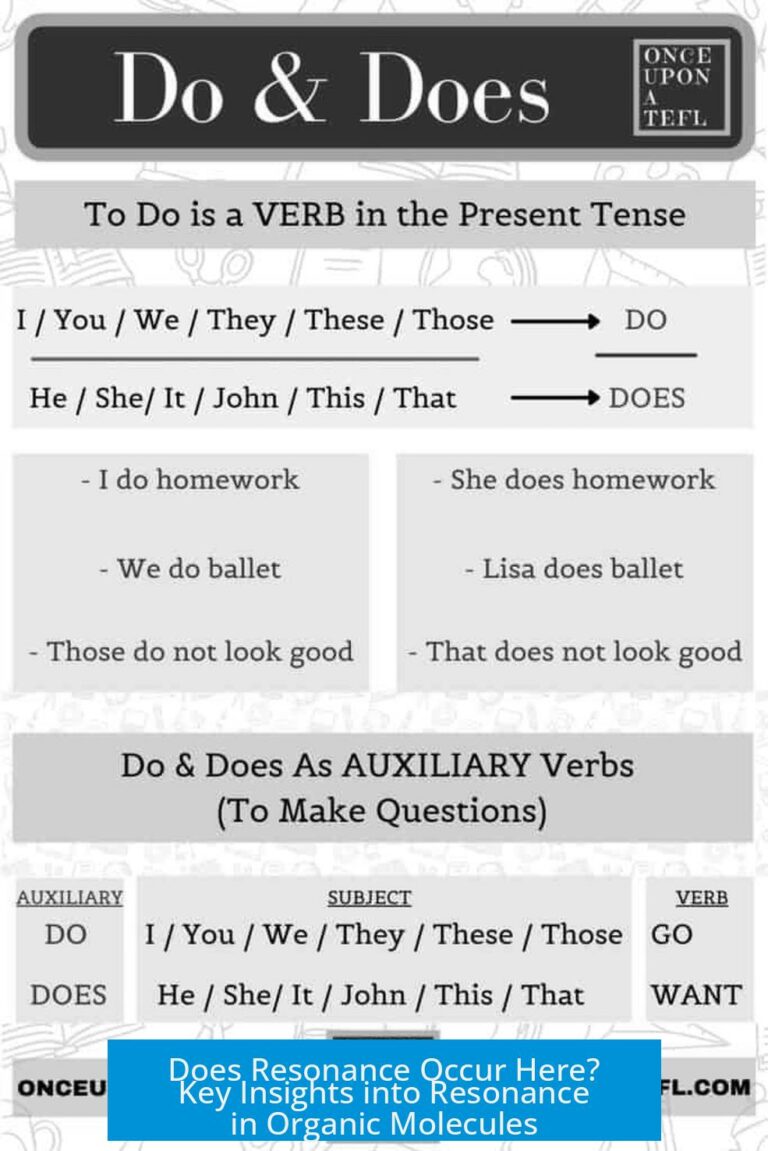

Leave a Comment